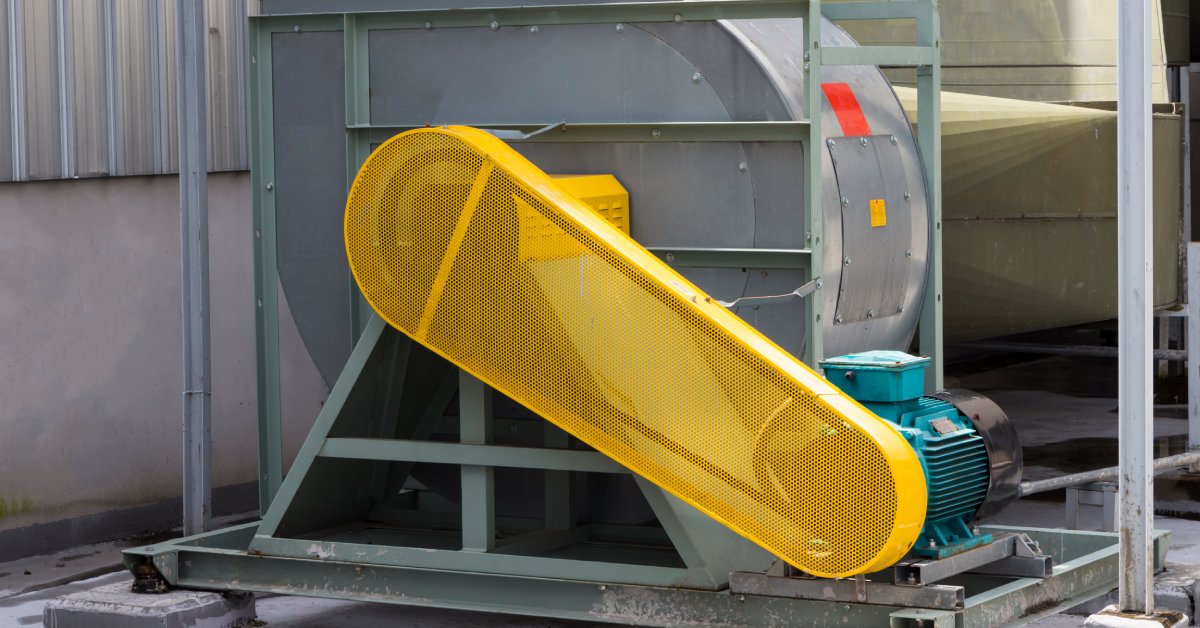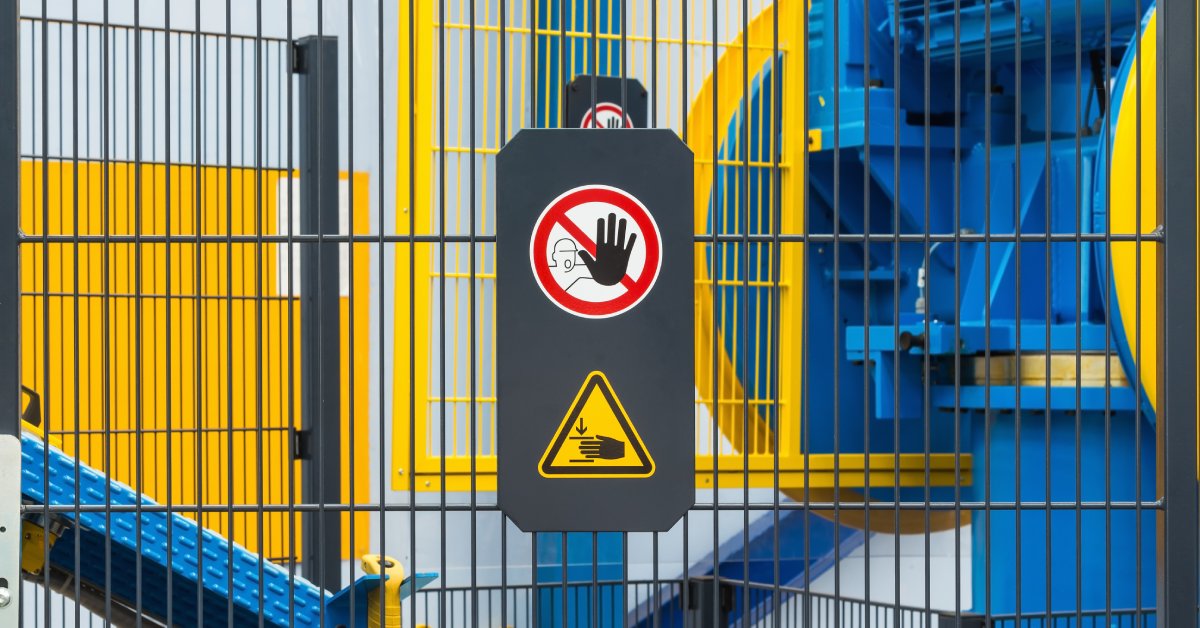
Workplace injuries from unguarded machinery cost US businesses over $1 billion annually in workers' compensation claims, lost productivity, and regulatory penalties. For business managers overseeing manufacturing operations, implementing effective machine safeguarding isn't just about compliance—it's a strategic investment that protects both human resources and operational continuity.
Machine safeguarding refers to the protective measures and devices used to prevent workers from coming into contact with dangerous machine parts during operation. OSHA requires employers to protect workers from hazardous machinery through proper safeguarding methods, making this a critical component of operational risk management.
This comprehensive guide examines six common machine safeguarding methods that deliver measurable safety improvements while maintaining operational efficiency. Each method offers distinct advantages for different operational contexts, allowing you to select solutions that align with your facility's specific needs and budget constraints.
Machine safeguarding is not just a regulatory requirement but a strategic investment that delivers significant advantages to a business. Protecting workers from hazardous machinery reduces the risk of workplace injuries, ensuring the well-being of employees and fostering a safer work environment.
This directly contributes to higher employee morale, lower turnover rates, and fewer lost workdays—critical factors in maintaining productivity and operational continuity. Additionally, machine safeguarding minimizes downtime caused by accidents and legal liabilities, reducing operational disruptions and costly fines associated with non-compliance.
Businesses that prioritize machine safeguarding can also experience measurable financial returns, as fewer accidents lead to lower insurance premiums and decreased workers' compensation claims. Enhanced safety measures improve a company's reputation, demonstrating a commitment to employee welfare and instilling confidence in stakeholders.
Fixed guards provide permanent barriers between workers and hazardous machine components. Your team has to attach these rigid protective structures directly to machinery, and they cannot remove them without tools, making them highly effective for areas with consistent operational patterns.
Manufacturing facilities typically implement fixed guards on conveyor systems, gear trains, and rotating shafts where workers don’t interact with products during normal operation. The initial installation cost ranges from $500 to $5,000 per machine, depending on complexity, but delivers long-term value through reduced liability exposure and minimal maintenance requirements.
Fixed guards excel in high-volume production environments where operational consistency is paramount. They require no operator intervention, eliminate human error factors, and provide reliable protection throughout extended production runs. However, their permanent nature can complicate maintenance procedures and equipment adjustments.

Interlocked guards combine physical barriers with electrical or mechanical systems that automatically shut down machinery when someone opens or removes the guard. This method allows necessary access for maintenance, material loading, or quality inspections while maintaining protective control.
These systems integrate safety switches, magnetic sensors, or coded safety switches that communicate with machine control systems. When properly configured, interlocked guards can reduce accident rates by up to 85 percent while maintaining operational flexibility for routine tasks.
Implementation costs typically range from $1,500 to $8,000 per installation, including hardware, programming, and integration. The investment delivers substantial returns through reduced downtime from safety incidents and improved regulatory compliance scores during OSHA inspections.
Adjustable guards accommodate different product sizes, material thicknesses, or operational requirements while maintaining protective barriers. These systems use sliding panels, telescoping sections, or pivoting components that workers can modify within predetermined safety parameters.
Press brakes, band saws, and material handling equipment commonly utilize adjustable guards to balance operational flexibility with worker protection. The guards allow necessary material access while preventing contact with cutting edges, pinch points, or crushing mechanisms.
Proper training becomes critical with adjustable guards, as workers must understand correct positioning for different operational modes. When implemented with clear procedures and regular monitoring, these systems can improve both safety performance and operational efficiency.
Self-adjusting guards automatically adapt to material dimensions or operational changes without manual intervention. These sophisticated systems use sensors, springs, or mechanical linkages to maintain appropriate clearances while accommodating varying product specifications.
Push sticks, spring-loaded telescoping guards, and sensor-activated barriers are common examples of self-adjusting implementations. These systems excel in operations with frequent size changes or automated material handling where manual guard adjustments would disrupt production flow.
The technology investment typically ranges from $3,000 to $12,000 per machine, but facilities often achieve payback within 18 months through reduced setup times and improved operational consistency. Self-adjusting guards also minimize human error factors that can compromise safety performance.

Two-hand control systems require simultaneous activation of two separate controls to initiate machine operation, ensuring both hands remain safely positioned outside hazard zones. These systems prevent accidental activation while maintaining operator control over timing and sequencing.
Press operations, stamping equipment, and assembly machinery commonly implement two-hand controls for operations requiring precise timing or operator coordination. The system design ensures workers cannot reach into danger zones while maintaining machine operation.
Modern two-hand control systems incorporate palm buttons, pressure-sensitive switches, or optical sensors that verify simultaneous activation within specified time windows. Advanced systems also monitor control release patterns to ensure proper shutdown sequencing.
Safety light curtains create invisible protective fields using arrays of infrared light beams between transmitter and receiver units. When workers or objects interrupt these beams, the system immediately stops hazardous machine motion through integrated safety relays.
These systems excel in applications requiring frequent access, such as robotic cells, automated assembly lines, or material handling systems. Light curtains protect without physical barriers that might impede workflow or limit operational flexibility.
Installation costs range from $2,500 to $15,000, depending on coverage area and resolution requirements. The technology delivers exceptional value in high-traffic areas where traditional guards would create operational bottlenecks or ergonomic challenges.
Modern safety light curtains offer programmable muting functions, cascade protection for multiple zones, and diagnostic capabilities that facilitate predictive maintenance strategies. These features enhance both safety performance and operational efficiency.
Effective machine safeguarding methods require systematic evaluation of operational requirements, hazard characteristics, and business objectives. The most successful implementations combine multiple safeguarding methods tailored to specific operational contexts, rather than applying uniform solutions across all equipment.
Consider conducting a comprehensive safety audit to identify current gaps and prioritize improvements based on risk levels and potential impact. Many facilities can reduce safety incidents within the first year after implementing comprehensive safeguarding programs.
A-Line Automation can help your business with custom machine guarding for your facility. With our state-of-the-art technology, we can craft machine guards tailored to the unique demands of your manufacturing environment. Contact us today to learn more about our services.